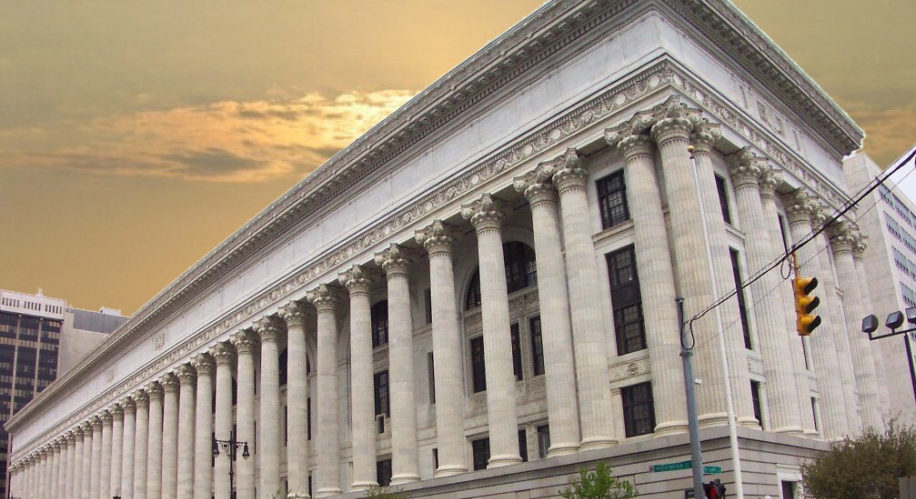ALBANY, N.Y. (March 13, 2020) — The COVID 19 pandemic has unmasked the stark inequity in New York’s schools and communities.
Underfunded high-need schools have been struggling to provide students with the basics, like soap, well before the first case of COVID-19 hit our state. Many schools lack a full time nurse on site to see students to address their health needs. The glaring technology divide is more apparent than ever before; wealthy districts were able to seamlessly switch to remote or online learning during their closures for 2 weeks, yet schools in low income communities know that online learning is not an option for many of their students. If our schools had the investments and resources they needed, perhaps they would be confronting this crisis with bathrooms fully stocked with soap, instead of sending letters home to parents asking them to purchase the basic supplies they need to keep classrooms safe.
The growing public demand to close public schools has been met with caution from state leaders, who are rightly concerned that closing schools could leave many students without access to daily meals. School closures will force many working parents to miss work and lose out on pay. If they close schools, students will miss out on valuable learning opportunities.
We know public health and safety is a top priority and the growing possibility that our public schools may need to close becomes more likely each day. But the decision to close schools is one that must be coupled with strategic protections for children and their families. In order to halt widespread displacement from homes and jobs or businesses which would only worsen the current situation, Governor Cuomo and Chief Judge Janet DiFiore must immediately freeze rents, and institute a moratorium on all evictions and utility shut-offs in New York State.
School districts must ensure that students who receive essential services in school are still able to access them, such as students with medical needs or disabilities. Districts must be able to provide supervision for children whose parents are unable to stay home with them while schools are forced closed. Districts need to have plans to make up for the lost instructional time that reach all students, not just those with technology at home.
Failing to take preemptive actions will harm the homeless, the poor, the working poor and children in poverty the most, and cause lasting harm that will far outlast the epicenter of the crisis we are in today. Looking after the needs of the most vulnerable in our communities is the only way we will be able to overcome this crisis.

